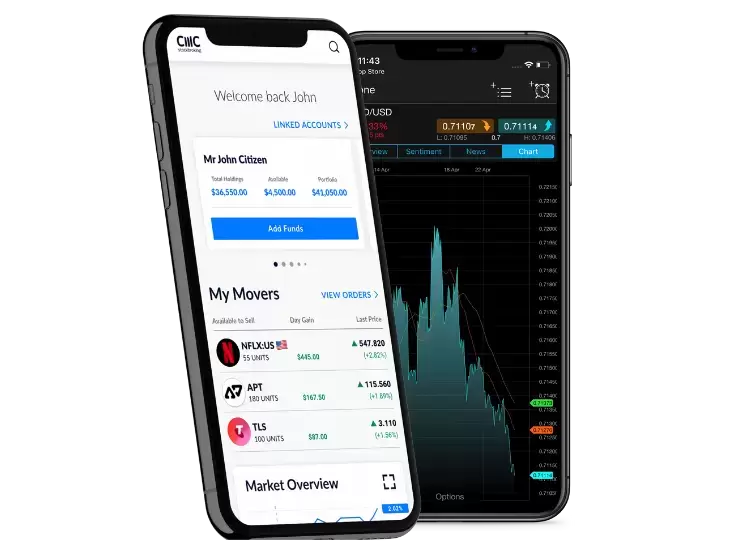The S&P 500 is a stock market index that tracks the performance of the 500 (or so) largest companies in the US. It is a capitalisation-weighted index, meaning companies are selected for inclusion based on their total market value and given a weighting relative to their size – a $U50 billion company will have double the weighting of a $US25 billion company.
It was founded by financial services business and ratings agency Standard & Poor’s in 1957 to replace an earlier 90-stock index. Today it is owned by S&P Down Jones Indices, which publishes more than 130,000 indices across the world, including the Dow Jones Industrial Average, the S&P/ASX 200 in Australia and the S&P/TSX in Canada.

